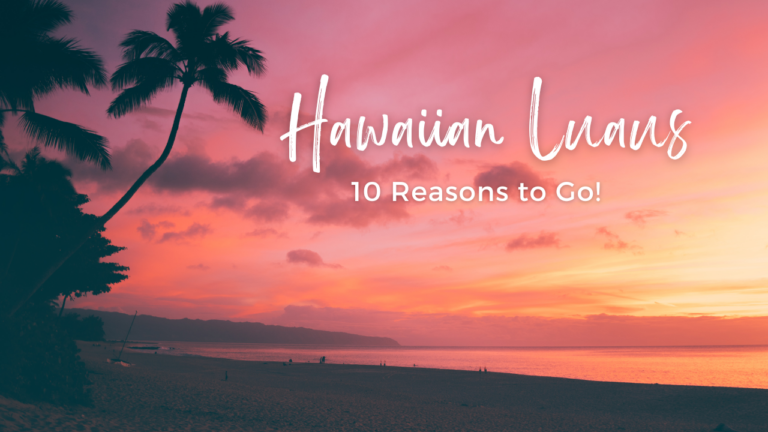
Hawaiian Luaus: 10 Reasons Why You Should Go
by Suzanne G., March 20, 2024 You may have heard that Hawaiian luaus are touristy, expensive, and even a little cheesy. And yes, in some
Are you looking for a luau in Hawaii but aren’t sure which one to pick? We’re here to help! We take the guesswork out of choosing which luau to book, ensuring that your time in paradise is nothing short of extraordinary. Our team meticulously evaluates each luau on Oahu, Maui, Kauai, and the Big Island, focusing on three key pillars: entertainment, food & beverages, and location/view/setting. With our high standards and commitment to excellence, we only offer top-tier experiences that meet our criteria. From thrilling performances to mouthwatering Hawaiian feasts, every luau we feature promises an immersive and authentic adventure rich with Hawaiian culture. Our team’s local expertise allows us to sift through all of the options, providing you with a selection of only the best.

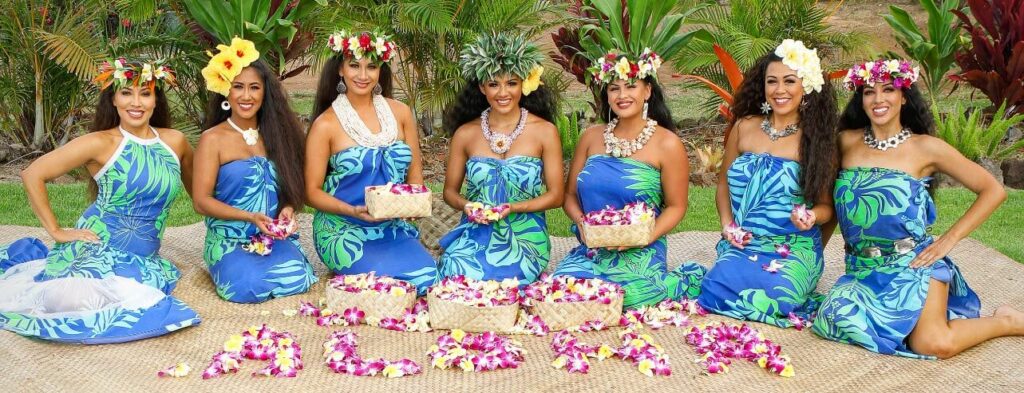
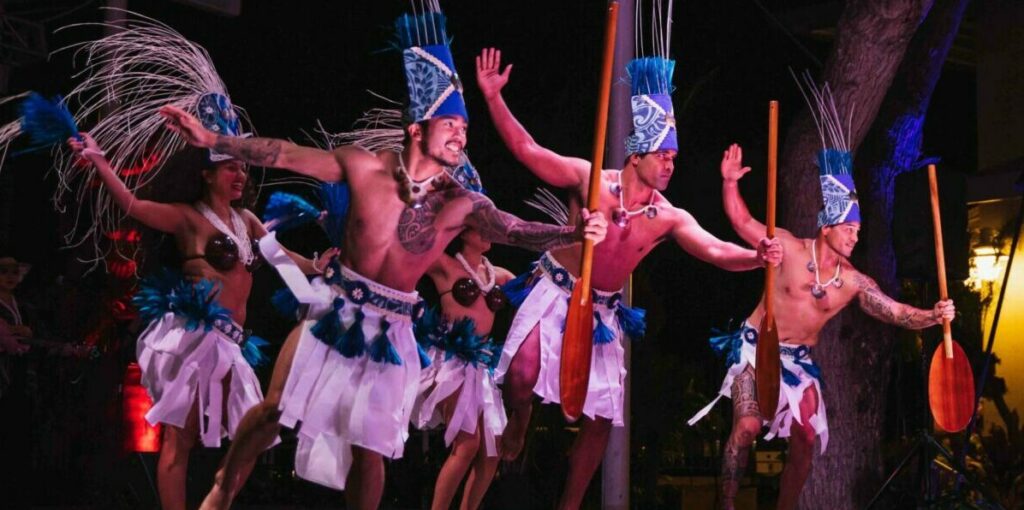
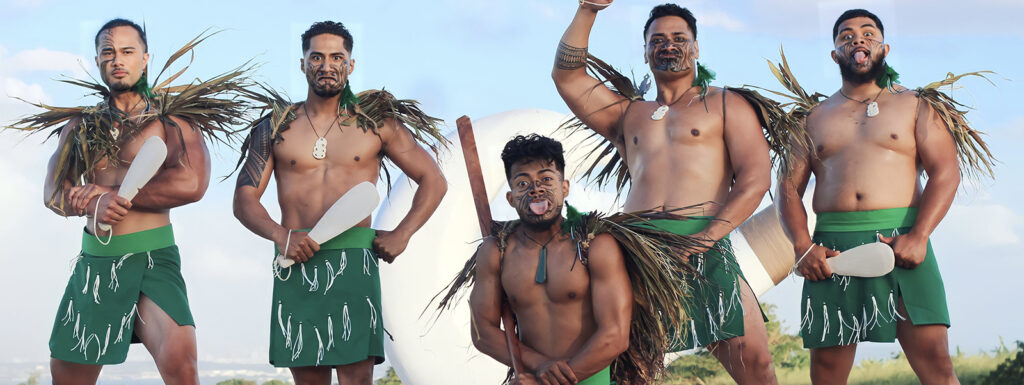

by Suzanne G., March 20, 2024 You may have heard that Hawaiian luaus are touristy, expensive, and even a little cheesy. And yes, in some
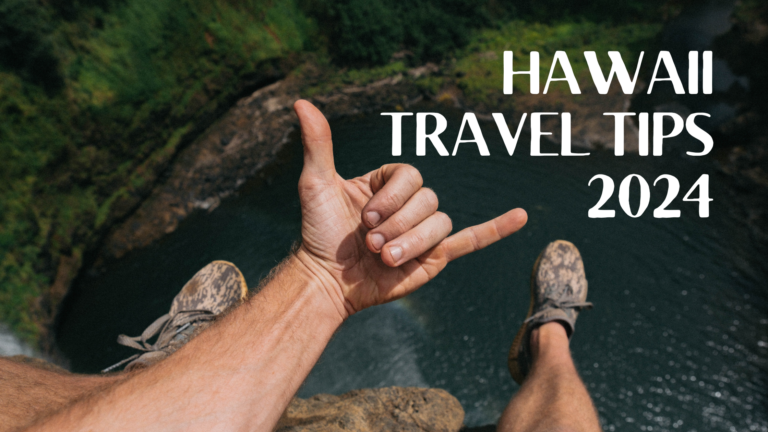
Hawaii Travel Tips for 2024 by Suzanne G., February 23, 2024 No matter what some headlines might say, Hawaii is still very much open for
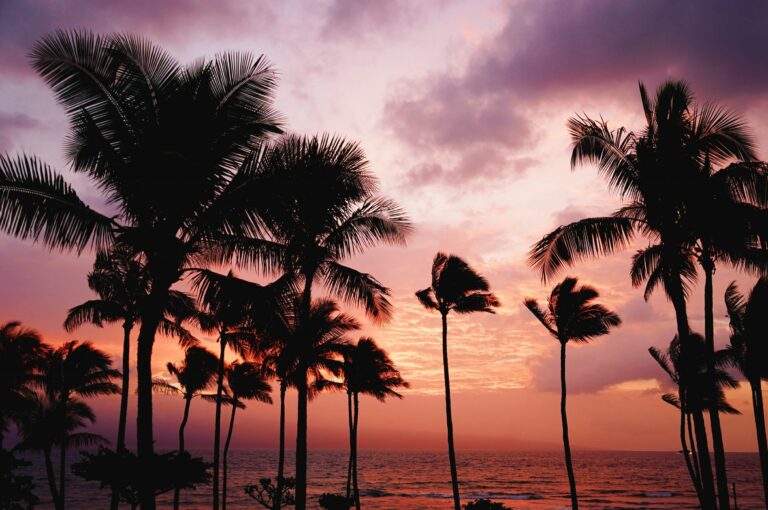
How to Find the Best Luaus on Oahu by Suzanne G., Last Updated January 28, 2024 What are the best luaus on Oahu? My answer